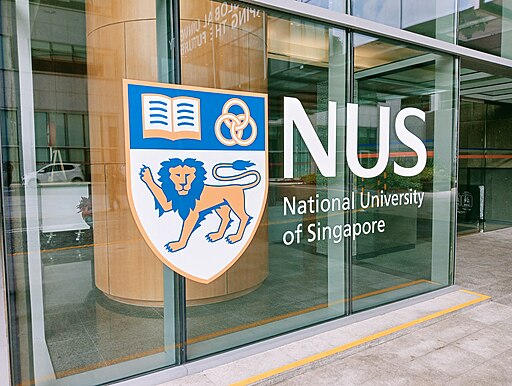One in three students at the National University of Singapore (NUS) and Nanyang Technological University (NTU) is a foreigner. The attraction is clear: NUS ranks fourth globally—behind only the Massachusetts Institute of Technology (MIT), Stanford, and Carnegie Mellon—in computer science and information systems in the 2025 QS World University Rankings By Subject. In electrical and electronic engineering, both NUS and NTU share the fourth spot with Harvard, trailing just MIT, Stanford, and the University of California, Berkeley, according to the same source.
Either or both of the universities excel in other fields as well, including law, medicine, and architecture. With their strong showing in the 2026 QS World University Rankings, could NUS and NTU be seen as the Oxford and Cambridge of Asia?
Sticklers may disagree, and not without reason. For one, NUS and NTU are located far closer together than the dreaming spires of Oxford are to Cambridge. More importantly, they cannot yet rival the rich Oxbridge tradition in the arts and humanities. Still, in many other fields, they are catching up—or have already overtaken—and that progress is clearly reflected in the rankings.
NUS and NTU are ranked eighth and 12th respectively, just behind Oxford and Cambridge, which come in at fourth and sixth. The strong performance of Singapore’s universities is no longer a novelty. This marks the third consecutive year NUS has held eighth place. NTU, which ranked 15th in 2025, has returned to 12th, a position it surpassed in 2018 and 2020 when it ranked 11th. Splitting the two Singapore institutions in this year’s rankings is the University of Hong Kong at 11th.
NUS is the only Asian university in the global top 10. The only other non-Anglo-American presence is ETH Zurich of Switzerland, in seventh. The broader Asia-Pacific region has a growing presence in the top 20: China’s Peking University and Tsinghua University are ranked 14th and 17th, while Australia’s University of Melbourne and the University of New South Wales are 19th and 20th.
NUS, NTU: Areas of excellence
The Singapore universities are no longer known solely for their engineering prowess. NUS ranks 10th globally in law—making it the only non-Anglo-American university in the top 10 for legal studies. NTU stands at 82nd. In medicine, NUS ranks 18th—the highest for any Asian university—while NTU is 84th.
NTU, however, shines in communication and media studies, coming in fourth behind the University of Amsterdam, Harvard, and the University of Texas at Austin. NUS ranks 14th in this field.
While Oxford and Cambridge still reign supreme in the arts and humanities, NUS is gaining ground. It ranks second globally in art history, eighth in linguistics, ninth in architecture, 15th in English language and literature, and 17th in history.
This academic success is underpinned by scale and diversity. With over 33,000 students, NUS has the second-largest student body among the top 10 universities—trailing only University College London, which has over 45,000 students. NTU has more than 25,000 students.
International students and staff
International students and staff contribute significantly to the success of both institutions. Foreigners make up 36% of the student body at NUS and 33% at NTU. The faculty is even more international, with 65% of staff at both universities coming from overseas.
In comparison, Harvard has around 24,300 students, including 6,700 international students, and over 4,400 faculty and staff, only 27% of whom are international. Oxford has over 22,000 students, more than 9,000 of them from abroad, and 6,500 faculty and staff, with 44% from overseas.
The international students and staff carry weight in the QS World University Rankings.
QS applies the following weightage when ranking universities:
- Academic reputation: 30%
- Citations per faculty: 20%
- Employer reputation: 15%
- Employment outcomes: 5%
- Faculty-student ratio: 10%
- International faculty ratio: 5%
- International research network: 5%
- International student ratio: 5%
- International student diversity: 0%
There’s an old story about Benjamin Jowett, the 19th-century Master of Balliol College, Oxford, who once declared, “I am the Master of this College; what I don’t know isn’t knowledge.” Today, such a claim would be inconceivable. From NUS to NTU, Oxford to Harvard, the global groves of academe are constantly striving for the next breakthrough, the next frontier of knowledge.
Top 20 in QS World University Rankings 2026:
- Massachusetts Institute of Technology (MIT)
- Imperial College London
- Stanford University
- University of Oxford
- Harvard University
- University of Cambridge
- ETH Zurich
- National University of Singapore
- University College London
- California Institute of Technology (Caltech)
- University of Hong Kong
- Nanyang Technological University
- University of Chicago
- Peking University
- University of Pennsylvania
- Cornell University
- Tsinghua University
- University of California, Berkeley
- University of Melbourne
- University of New South Wales

